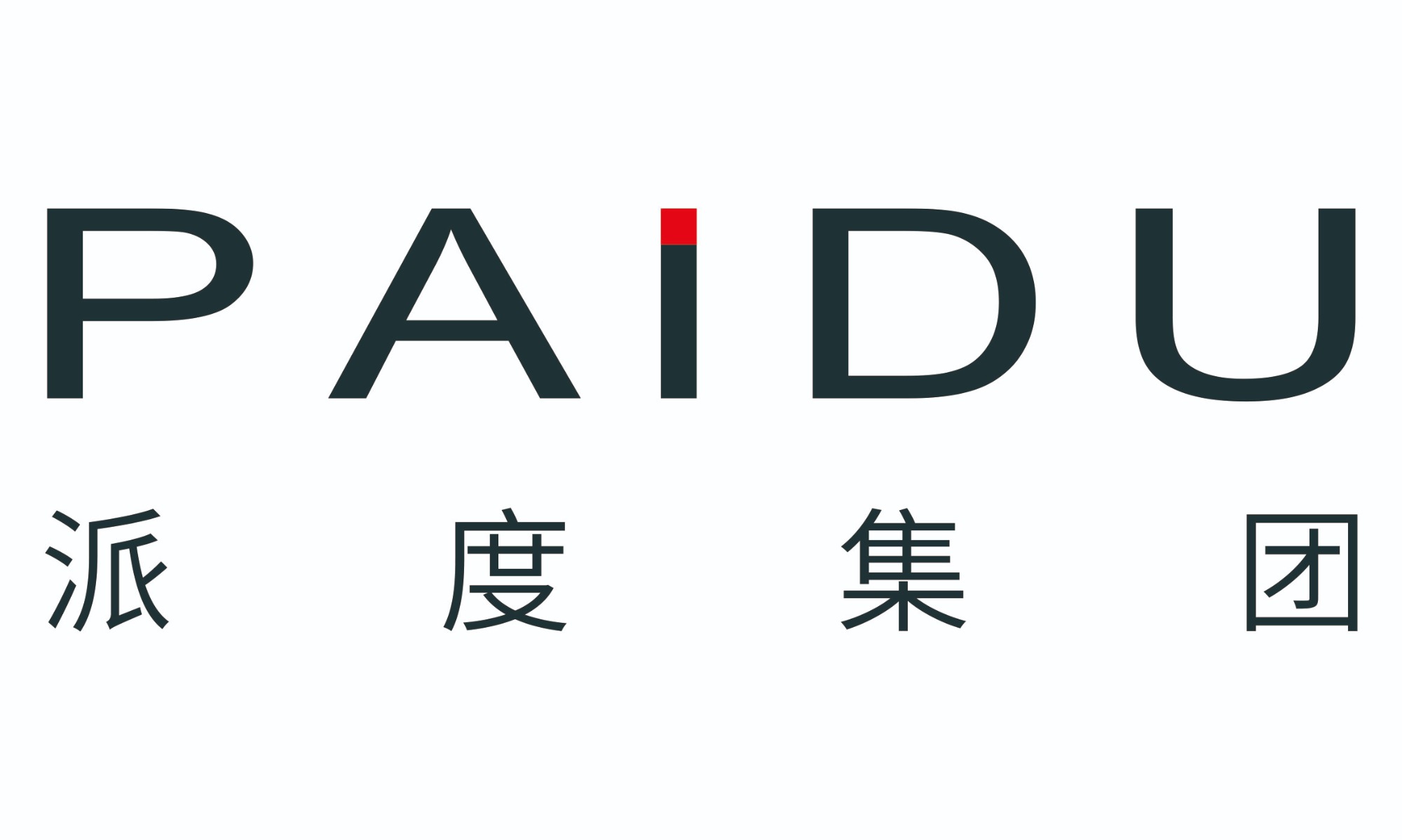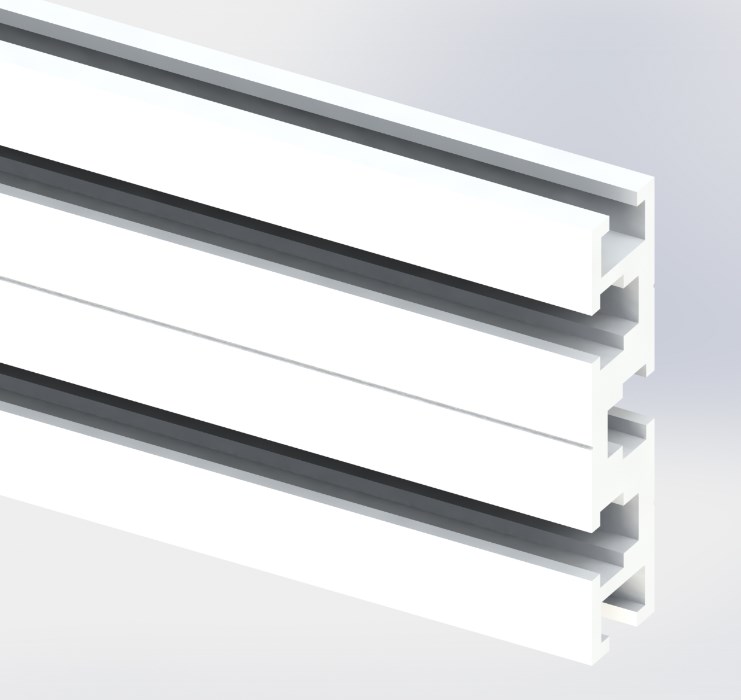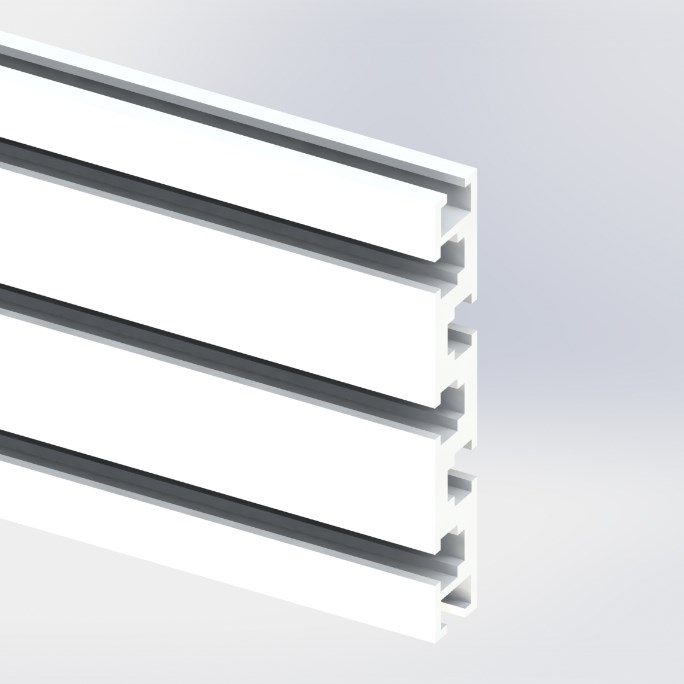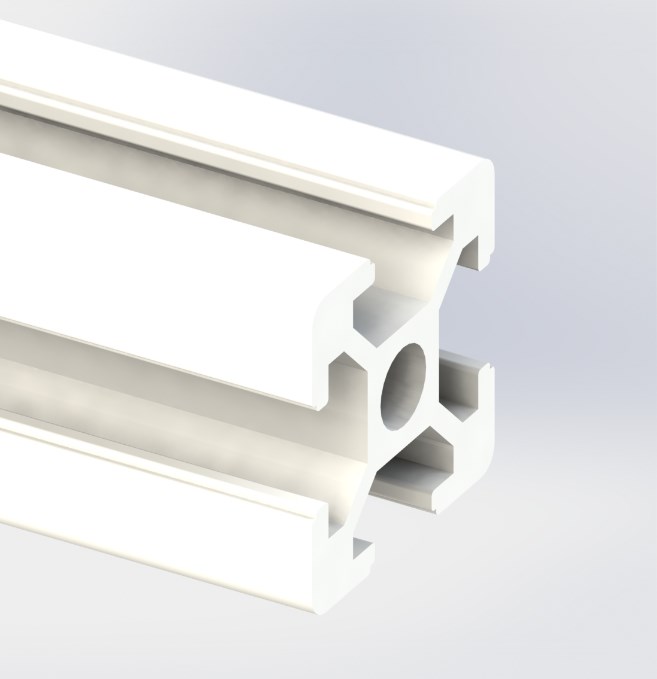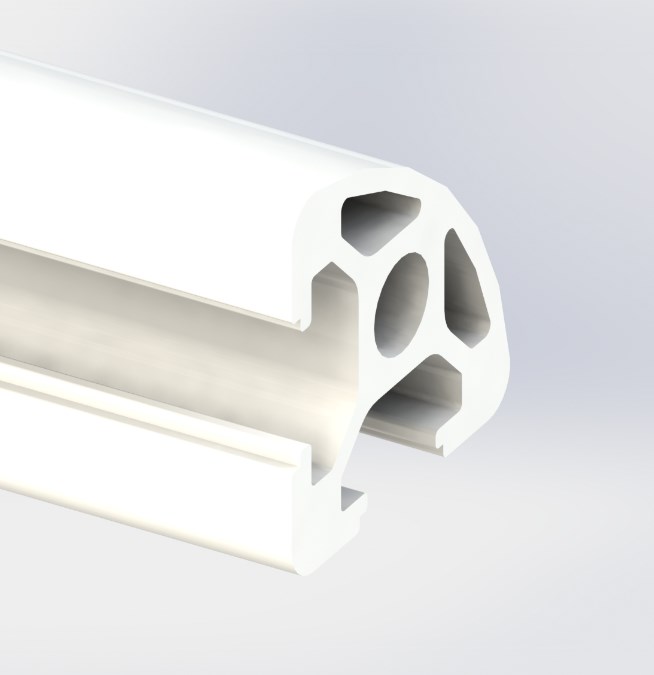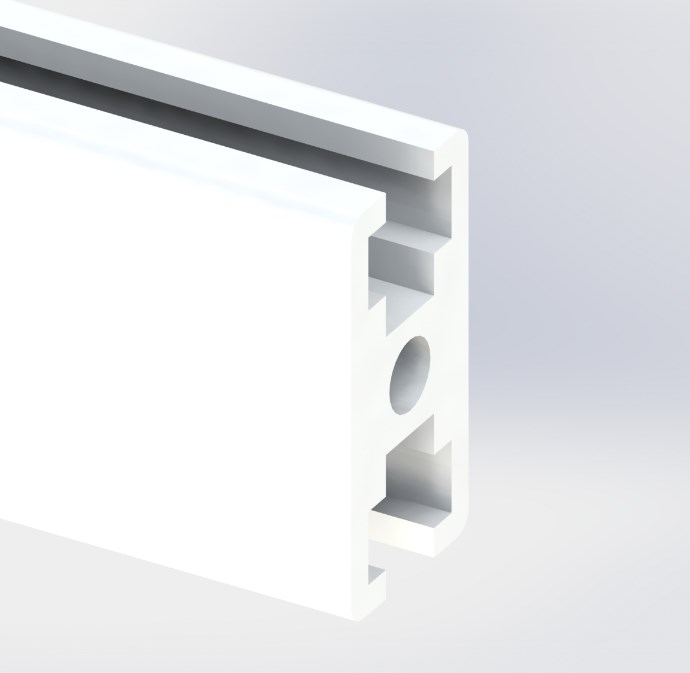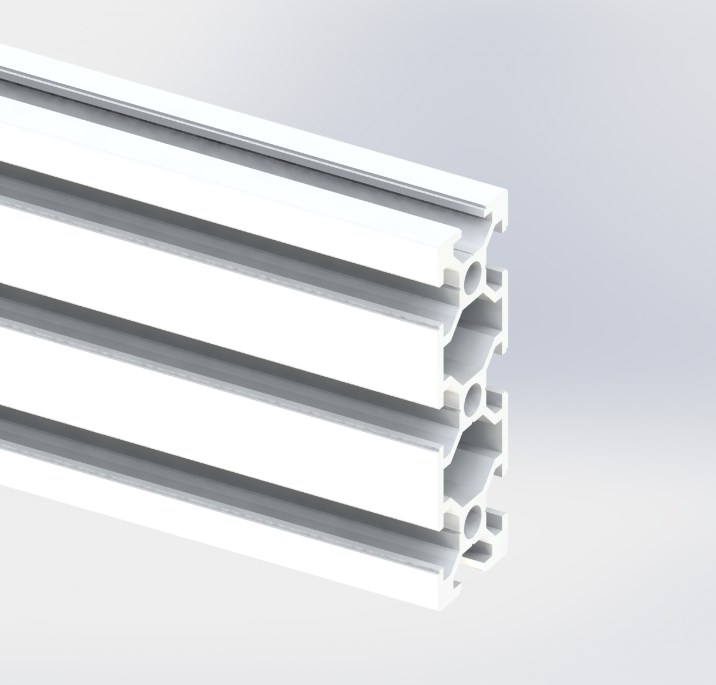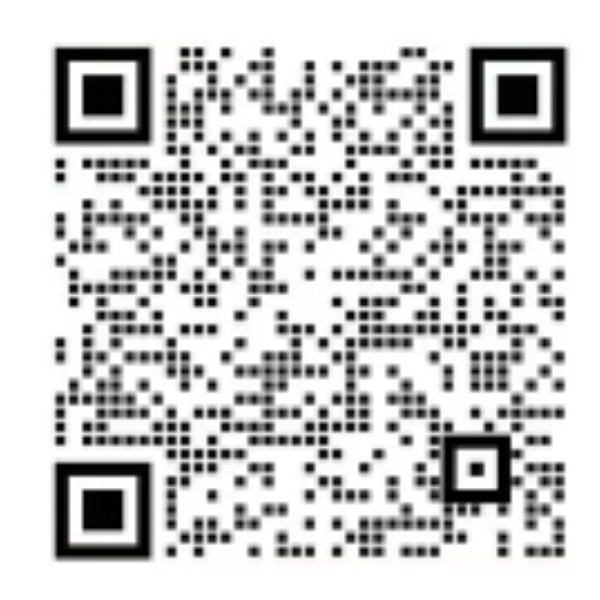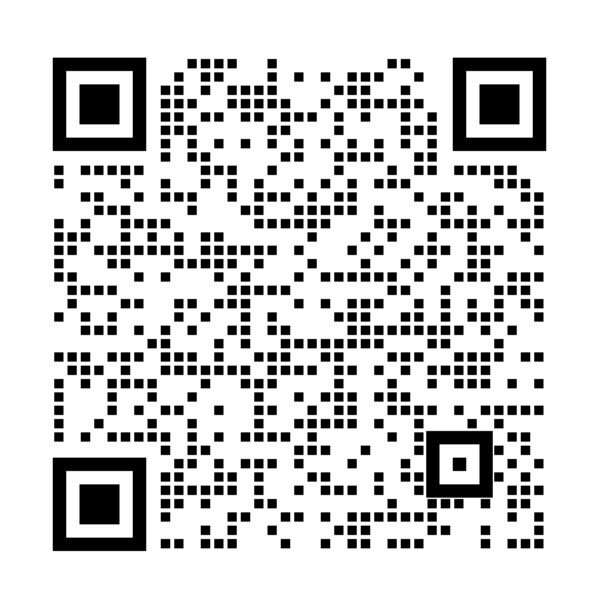Bolts and nuts are commonly used tools in the industry for connecting and fastening objects. Here is some basic information about bolts and nuts:
Bolt: A bolt is a threaded rod-like component that typically has a cap-like head and a threaded end. Bolts are commonly used to fasten two or more objects together using a nut. Bolt heads can have different shapes and types, such as hexagonal heads, round heads, or heads with slots, to accommodate different application requirements.
Nut: A nut is a component with a threaded hole that is typically used in conjunction with a bolt. The purpose of a nut is to secure the bolt to an object by rotating it and matching its threads with the bolt's threads. Nuts can come in different types, such as regular nuts, hex nuts, lock nuts, and more.
Thread: Both bolts and nuts have threads, which are spiral-shaped ridges formed along the surface of the rod-like components. Threads can be either internal (nut) or external (bolt), and they are matched by rotating them together to form a fastening connection.
Size and Standards: The size and standards of bolts and nuts can vary depending on specific application requirements. Common standards include metric and imperial standards, such as ISO, DIN, ANSI, and more. Sizes are typically described in terms of diameter, pitch, and length.
Applications: Bolts and nuts are widely used in various industries and fields, including mechanical manufacturing, construction, automotive, aerospace, and more. They are used for securing components, assembling structures, connecting equipment, and more.
Please note that the specific specifications and applications of bolts and nuts may vary depending on different industries and requirements. When selecting and using bolts and nuts, it is recommended to refer to relevant standards and consult with professionals to ensure they meet specific application requirements.
